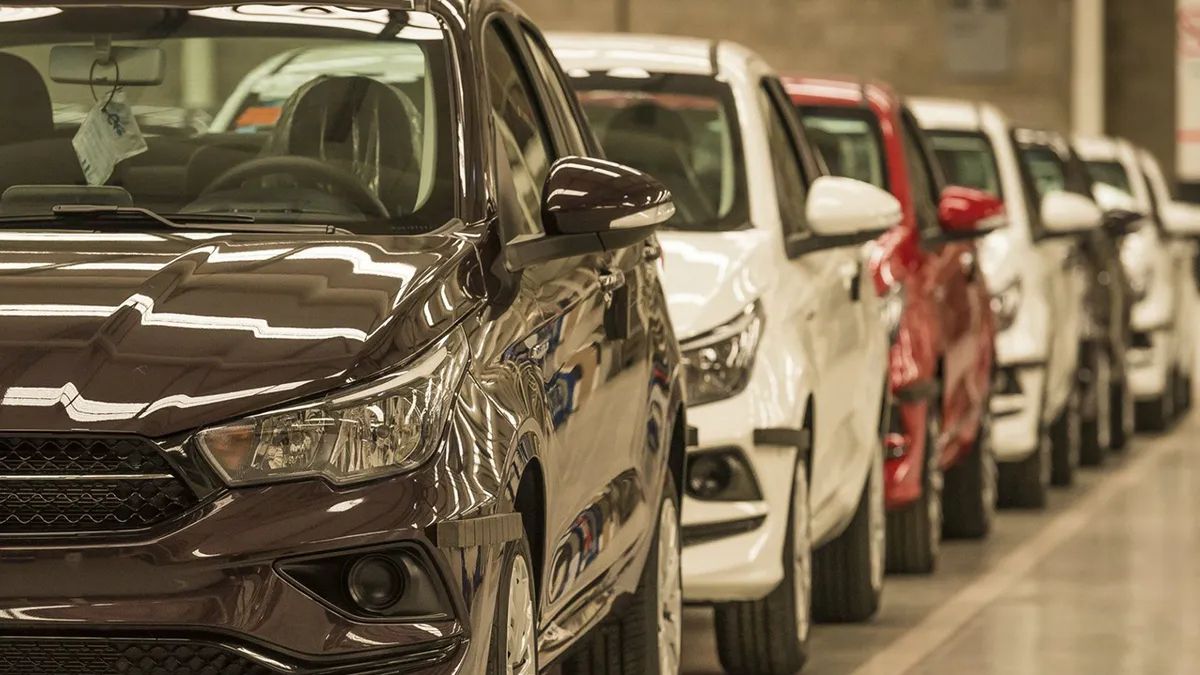A waterproof jacket ensures that the upper body stays dry on rainy days. However, anyone who regularly rides their bikes knows that their legs also need to be protected while riding – for example with a weatherproof rain poncho.
In contrast to a classic rain jacket, the rain poncho is knitted quite simply: It is a thin, waterproof cape with a hood. It may not be a fashionable eye-catcher, but that’s not the case when riding a bike. Rather, the cape serves the purpose of keeping the body as dry as possible when it rains. Or storm. To make this possible, a rain poncho is generously cut – and often only available in a unisex size (for adults). As a result, it not only covers the upper body and legs on the bike, but also offers space for a backpack underneath. Nevertheless, you should not buy indiscriminately, but make your purchase decision carefully. We have summarized why this is so for you.
The most important purchase criteria for rain ponchos
If you want to buy a bicycle rain poncho, you should pay attention to the following (purchase) criteria in advance:
- Material and processing: A rain poncho should meet two important criteria: it must be waterproof, recognizable by the corresponding water column, and breathable. This is made possible by the appropriate material such as polyamide, polyester or nylon. In addition, the seams should ideally be welded and not sewn or glued so that no water penetrates.
- Size and length: Many models are labeled “One Size” and therefore fit (almost) every adult. However, if the rain poncho is too loose, it can slip when cycling. Accordingly, think about sufficient freedom of movement and space for a helmet. Normal ponchos also do not reach over the legs and are less suitable for bicycles. So pay attention to the desired length.
- Safety and accessories: If you ride your bike a lot in the dark, the rain poncho should definitely have reflective elements so that drivers can see you faster and better. And so that you can always carry the model with you, it should be small and handy if possible – some manufacturers even supply a storage bag to stow away or strap around the waist.
From cheap to expensive: rain ponchos in comparison
1. Lowland Outdoor cycling rain poncho
With a water column of 7000 millimeters guaranteed waterproof. Made from nylon, it has taped seams and has been cut to protect not only your torso and legs from the rain, but also your arms – by slipping the material over the handlebars. The integrated hood including cord stopper also offers (according to the manufacturer) enough space for a bicycle helmet.
2. Bicycle rain poncho City 100 by Btwin
Although the seams on this Should be 100 percent waterproof, the bicycle rain poncho only keeps its wearer dry for two hours, according to the manufacturer. This makes it more suitable for short rides through a shower than for long bike rides. The City 100 model, which is available in three different sizes (for adults), is also cheaper to buy and also offers space for a helmet.
3. Windowed Bike Rain Poncho by Awha
This waterproof and hood is available in two sizes and two colors. It consists of 100 percent polyester fabric (with PU coating) and has a water column of 4000 millimeters. The model can be easily stowed away in the supplied neck pouch and is therefore ready for use at any time. The all-round reflective strip for more visibility in the dark is particularly practical here.
Water column: what is it and how do you interpret it?
Rainwear manufacturers can label them as waterproof, water-resistant, or water-repellent. But what is the difference and when does a poncho really keep the body dry? In fact, only waterproof rain ponchos do not let a drop through, while waterproof and water-repellent clothing protects against moisture for a short period of time. If you get caught in a shower, you will most likely get wet. In addition, there is the water column. It indicates how long the material does not let moisture through. This so-called water resistance is given in millimeters – in other words, fabric is considered waterproof from a value of 1300. In plain language this means: the higher the number, the denser it is . However, since it is not mandatory information for the manufacturer, you can also use other reference points, such as the material, as a guide. If the rain poncho is made of PVC, for example, the water column can be up to 3000 millimeters.
Care for and clean your rain poncho properly: this is how it works
Even if the materials are very hard-wearing, you should always follow the manufacturer’s care instructions. You can find out whether and how hot a rain poncho can be washed from the sewn-in label. It is best to use an ecological one , it is also advisable to treat the material with a waterproofing spray after each wash – to maintain the waterproofness. In any case, do not use a dryer and let the poncho dry in the air, but not in direct sunlight.
Source: Stern
I am a 24-year-old writer and journalist who has been working in the news industry for the past two years. I write primarily about market news, so if you’re looking for insights into what’s going on in the stock market or economic indicators, you’ve come to the right place. I also dabble in writing articles on lifestyle trends and pop culture news.




